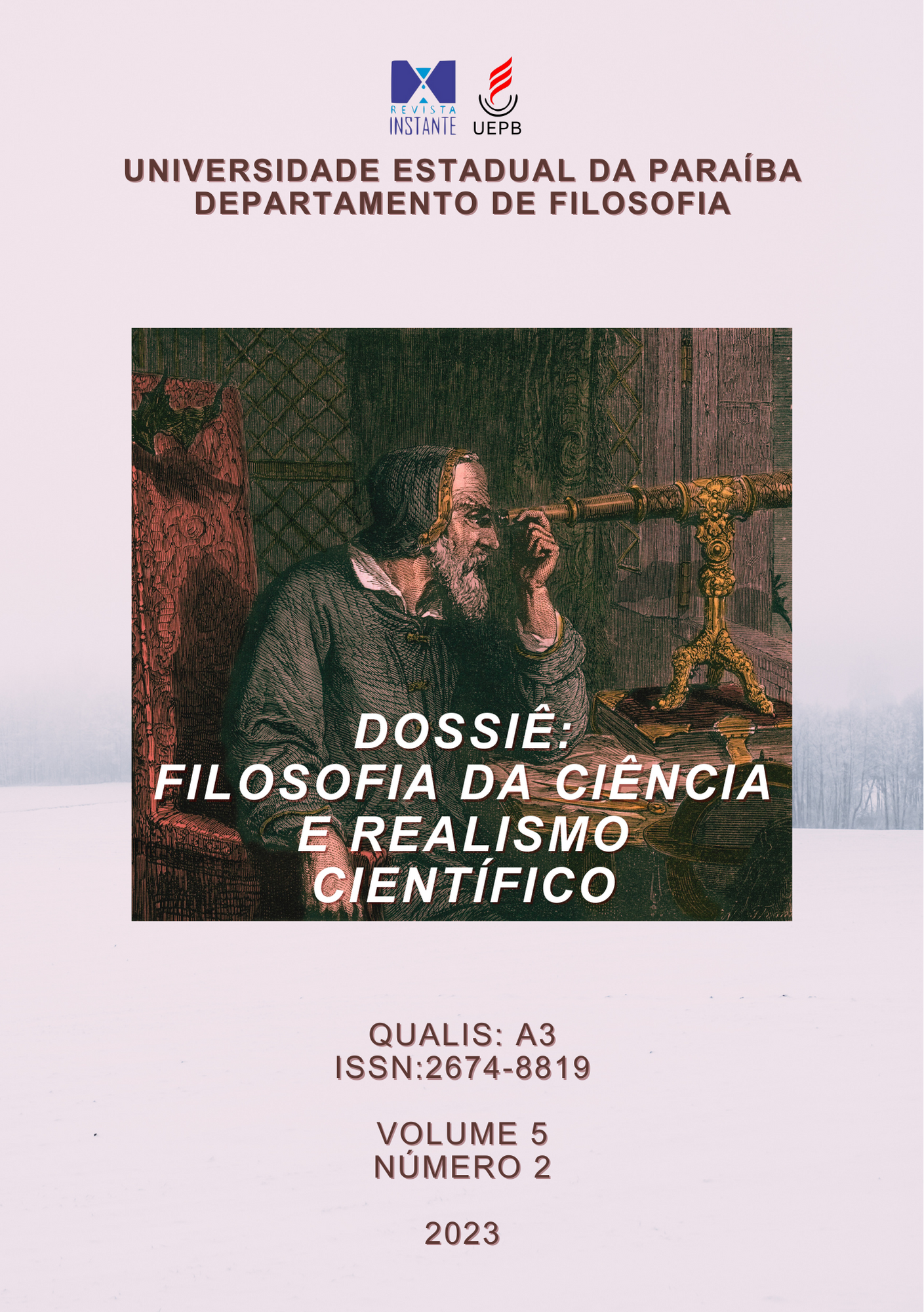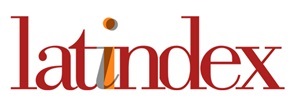A BOTTOM-UP INDUCTIVIST DEFENSE OF EPISTEMOLOGICAL SCIENTIFIC REALISM
Keywords:
Scientific Realism. Inference to the best explanation. Abduction. InductivismAbstract
Neste artigo, apresento uma defesa do realismo científico epistemológico segundo a qual temos mais razões para acreditar na realidade das entidades detectadas e na verdade aproximada das proposições sobre elas. Minha defesa é diferente das estratégias explicativas usuais. Em vez de desenvolver uma argumentação explicativa top-down, que consiste em avaliar os méritos de várias explicações de fenômenos e, em seguida, decretar que a melhor explicação provavelmente será verdadeira, oferecerei um argumento bottom-up que parte de observações para ascender às causas que as produzem. Embora essas causas não sejam diretamente observadas, temos boas razões para acreditar em sua existência se forem detectadas, ou seja, se estiverem causalmente ligadas a observações diretas. Essa abordagem bottom-up tem a vantagem de não ser vulnerável às objeções levantadas contra a inferência da melhor explicação. Para ilustrar esse ponto, argumentarei que o famoso argumento de Le Verrier para a existência de Netuno é convincente precisamente porque implementa essa estratégia bottom-up.
References
AGAZZI, E. Varieties of Scientific Realism: Objectivity and Truth in Science. Berlin: Springer, 2017.
BUENO, O. Scientific representation: A long journey from pragmatics to pragmatics. In Metascience 20, pp. 423-428, 2011.
BLONDEAU, J.; GHINS, M. Is There an Intrinsic Criterion for Causal Lawlike Statements? In International Studies in the Philosophy of Science 26, pp. 381-401, 2012.
DESCARTES, R. Principles of Philosophy, translated with explanatory notes by V. R. Miller and R.P. Miller. Dordrecht: Reidel, 1982.
DOUVEN, I. Abduction. In The Stanford Encyclopedia of Philosophy (Summer 2021 edition), ZALTA, E. (ed.), 2012. Disponível em: <https://plato.stanford.edu/archives/sum2021/entries/abduction/>
GHINS, M. Scientific Realism and Invariance. In: Proceedings of the Third SOFIA Conference on Epistemology. Campinas. July 30 August 1, 1990. Philosophical Issues (Vol. 2: Rationality in Epistemology), pp. 249-62. California: Ridgeview, 1992.
__________. Putnam’s No-Miracle Argument: a Critique. In CLARKE e LYIONS (eds.), Recent Themes in the Philosophy of Science: Scientific Realism and Commonsense. Australasian Studies in History and Philosophy of Science Vol. 17, pp. 121-138. Dordrecht: Kluwer Academic Publishers, 2002.
__________. Empirical versus Theoretical Invariance and Truth (followed by a commentary by Bas van Fraassen). In Logic, Thought and Action. VANDERVEKEN, D. (ed.), Logic, Epistemology and the Unity of Science. Vol. 2, pp. 163-174. Berlin: Springer, 2005.
__________. Selective Scientific Realism: Representation, Objectivity and Truth. In AGAZZI, E. (ed.) Varieties of Scientific Realism: Objectivity and Truth in Science, pp. 109-131, 2017.
__________. Mechanistic Explanation: An Extension and Defence. In FALKENBURG, B.; SCHIEMANN, G. (eds.) Mechanistic Explanations in Physics and Beyond. European Studies in the Philosophy of Science 11. Ch. 6, pp. 93-110. Berlin: Springer, 2019.
__________. Scientific realism and laws of nature. A metaphysics of causal powers. The Synthese Library. Berlin: Springer. (No prelo).
HACKING, I. Representing and Intervening. Introductory Topics in the Philosophy of Natural Science Cambridge: Cambridge University Press, 1983.
KITCHER, P. S. Real Realism: The Galilean Strategy. In The Philosophical Review 110, pp. 151-194, 2001.
LIPTON, P. Inference to the best explanation, 2nd ed. London: Routledge, 2004.
MAGNUS, P. D. Success, Truth and the Galilean Strategy. In British Journal for the Philosophy of Science 54, pp. 465-474, 2003.
MILL, J. S. A System of Logic: Ratiocinative and Inductive. London: Parker, 1843.
NOLA, R. The Optimistic Meta-Induction and Ontological Continuity: the Case of the Electron. In SOLER, L.; SANKEY, H.; HOYNINGEN-HUENE, P. (eds.) Rethinking Scientific Change and Theory Comparison: Stabilities, Ruptures, Incommensurabilities, pp. 159-202. Berlin: Springer, 2008.
PSILLOS, S. The view from Within and the View from Above: Looking at van Fraassen’s Perrin. In GONZALEZ, W. J. (ed.), Bas van Fraassen’s Approach to Representation and Models in Science, Synthese Library 368, pp. 143-166. Berlin: Springer, 2014.
PUTNAM, H. Meaning and the Moral Sciences. London: Routledge, 1978.
QUINE, W. V. O. Natural Kinds. In Ontological Relativity and other Essays, pp. 114-138. New York: Columbia University Press, 1969.
SALMON, W. Scientific Explanation and the Causal Structure of the World. Princeton: Princeton University Press, 1984.
VAN FRAASSEN, B. The Scientific Image. Oxford: Oxford University Press, 1980.
__________. Scientific Representation. Paradoxes of Perspective. Oxford: Oxford University Press, 2008.
__________. Misdirection and Misconception in the Scientific Realism Debates. In AGAZZI, E. (ed.), Varieties of Scientific Realism: Objectivity and Truth in Science, pp. 95-108, 2017.










